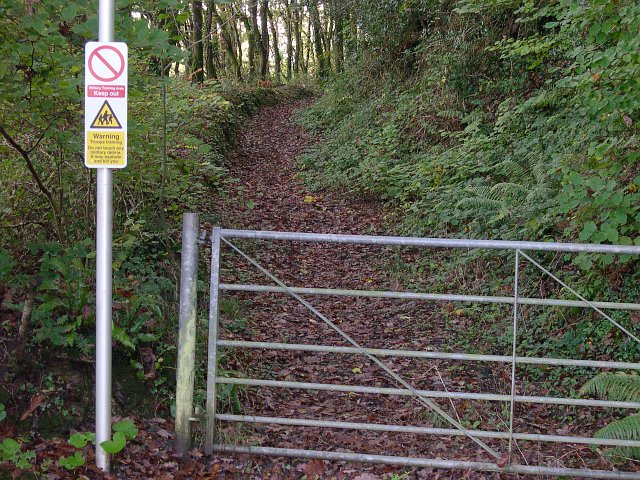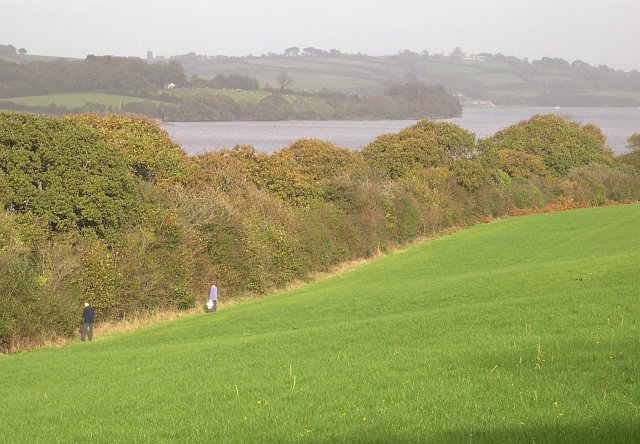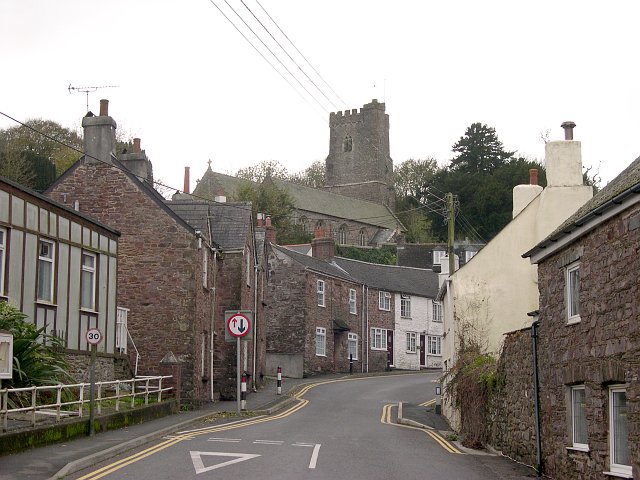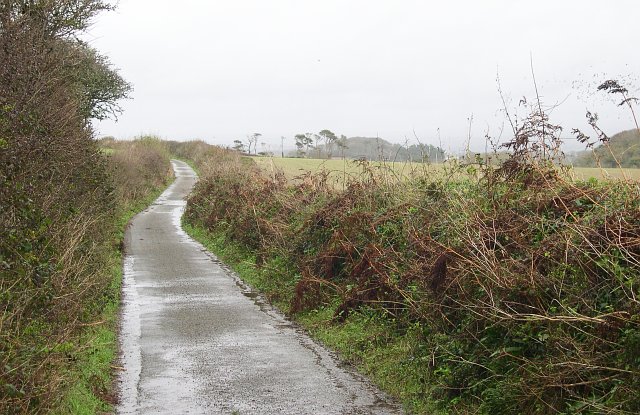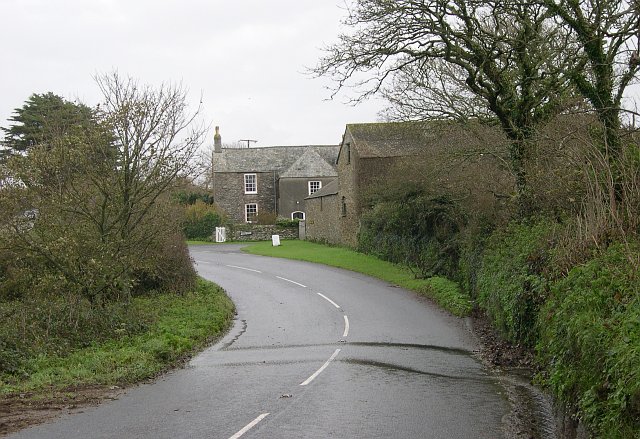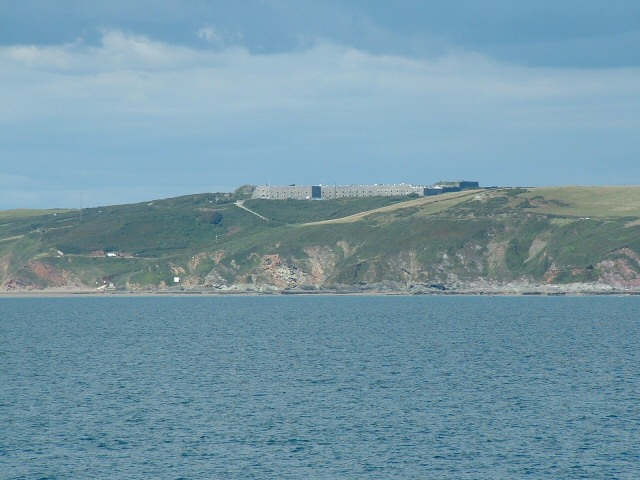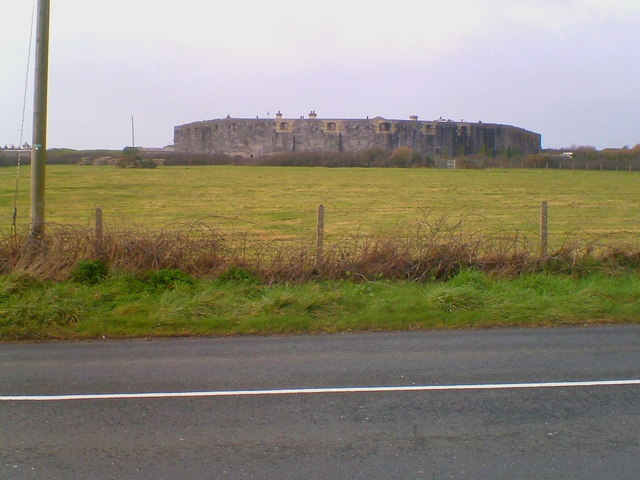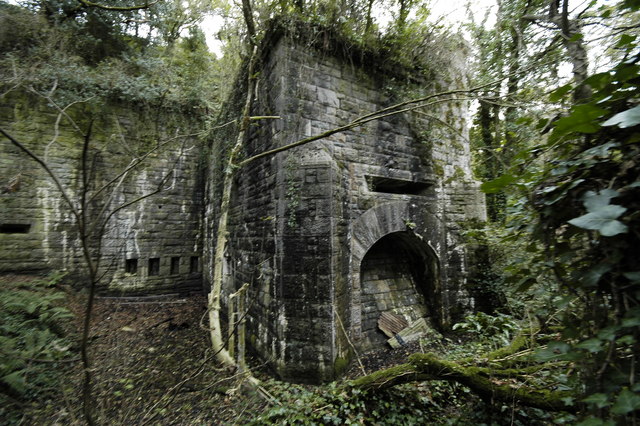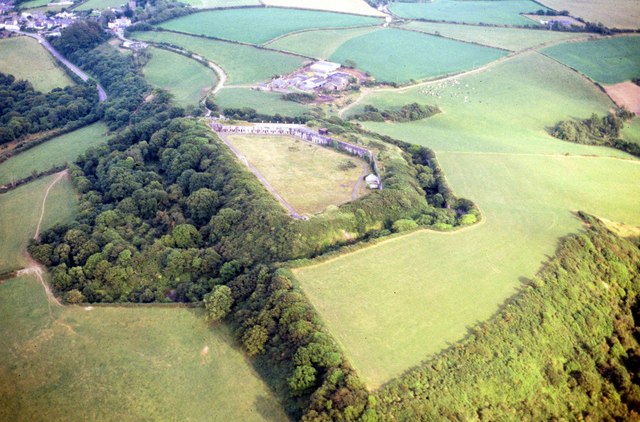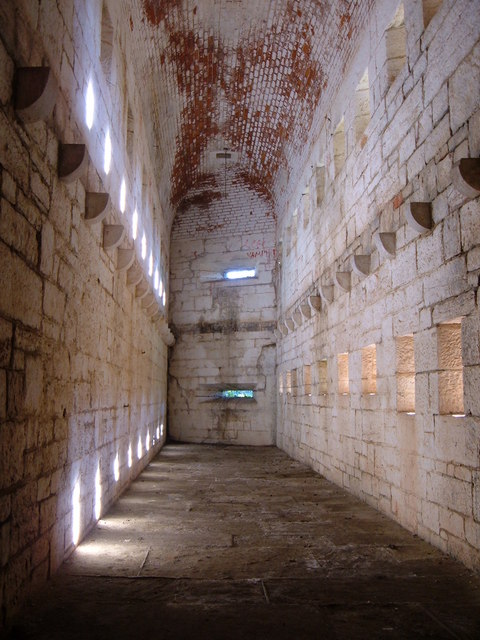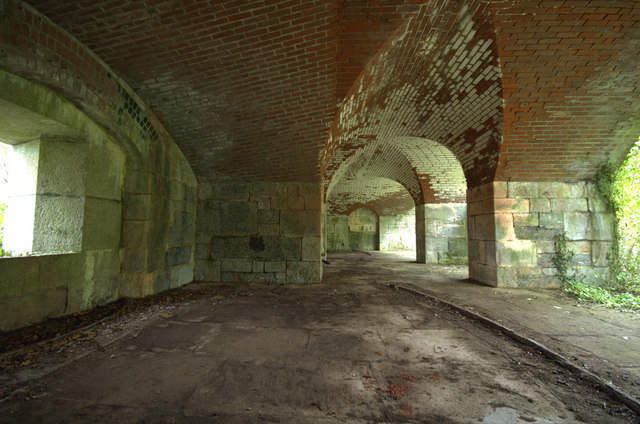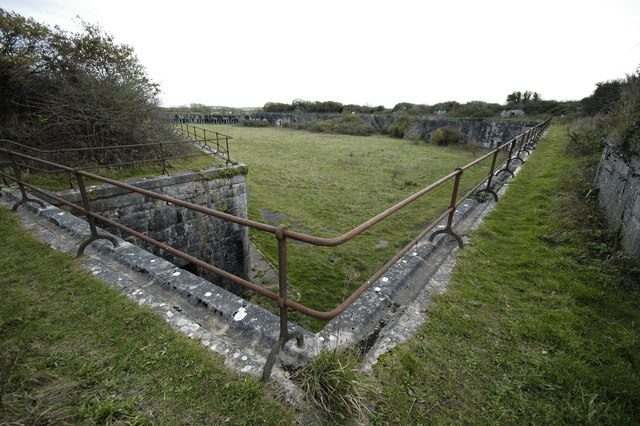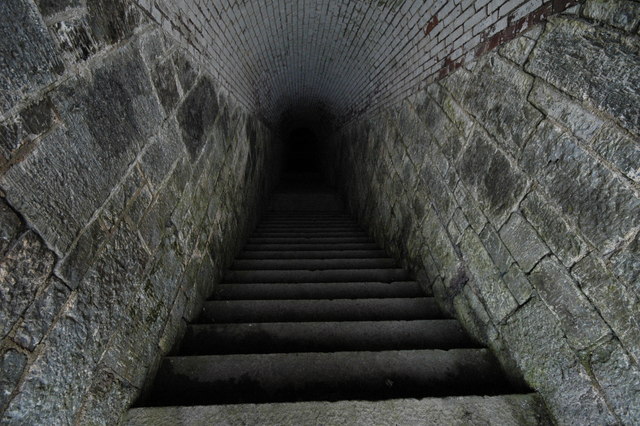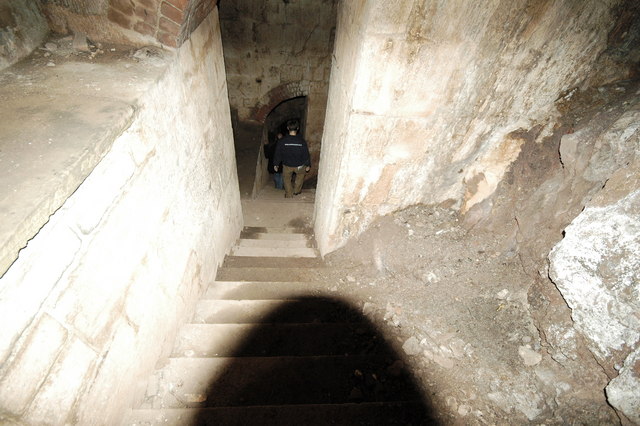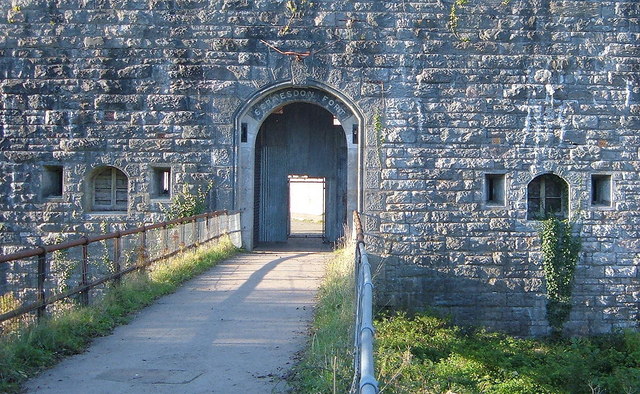West Antony
Settlement in Cornwall
England
West Antony
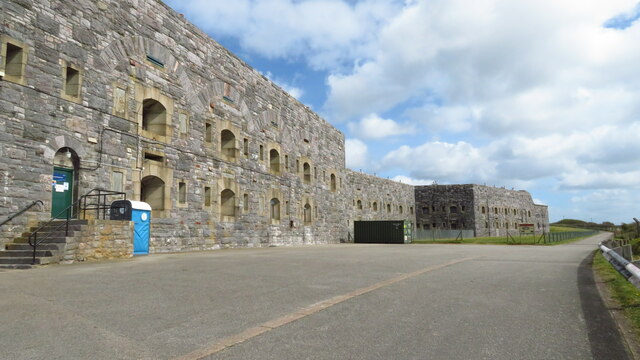
West Antony is a small village located in the county of Cornwall, England. Situated near the south coast of the county, West Antony is known for its picturesque countryside views and charming traditional architecture.
The village is surrounded by rolling green hills and farmland, making it a popular destination for those seeking a peaceful retreat in the English countryside. West Antony is also close to the Cornwall coast, offering residents and visitors the opportunity to explore nearby beaches and coastal walks.
The village itself is home to a small community, with a handful of local shops, pubs, and restaurants serving the residents and visitors. The village church, St James the Great, is a notable landmark in West Antony and dates back to the 12th century.
Overall, West Antony offers a tranquil and idyllic setting for those looking to escape the hustle and bustle of city life and immerse themselves in the natural beauty of the Cornish countryside.
If you have any feedback on the listing, please let us know in the comments section below.
West Antony Images
Images are sourced within 2km of 50.369481/-4.2502729 or Grid Reference SX4054. Thanks to Geograph Open Source API. All images are credited.

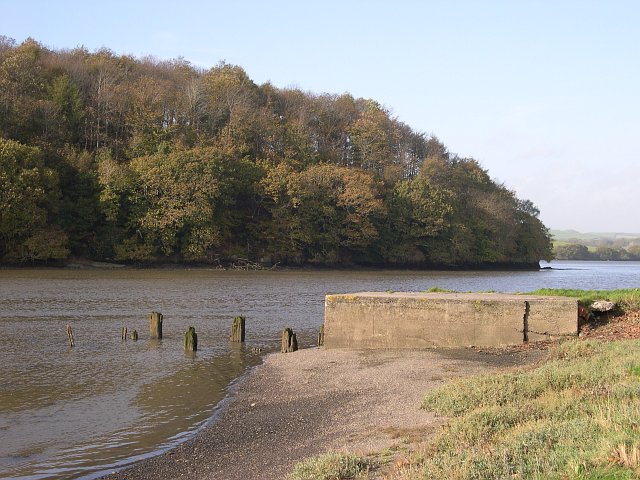
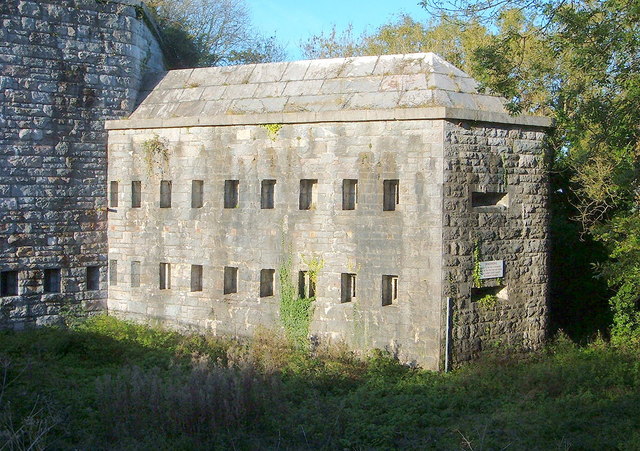
West Antony is located at Grid Ref: SX4054 (Lat: 50.369481, Lng: -4.2502729)
Unitary Authority: Cornwall
Police Authority: Devon and Cornwall
What 3 Words
///magazine.introduce.collapsed. Near Millbrook, Cornwall
Nearby Locations
Related Wikis
Antony, Cornwall
Antony (Cornish: Trevanta) is a coastal civil parish and a village in Cornwall, England, United Kingdom. The village is situated on the Rame Peninsula...
Church of St James, Antony
The Church of St James is a Grade I listed 12th-century Anglican parish church in Antony, Cornwall, England. == History == The church is located in Antony...
A374 road
The A374 is a main road in the United Kingdom, one of six A-roads making the border crossing between Devon and Cornwall. It is the most southerly of the...
Scraesdon Fort
Scraesdon Fort, near the village of Antony, is one of several forts in South East Cornwall which formed part of the ring of forts surrounding Plymouth...
Nearby Amenities
Located within 500m of 50.369481,-4.2502729Have you been to West Antony?
Leave your review of West Antony below (or comments, questions and feedback).
